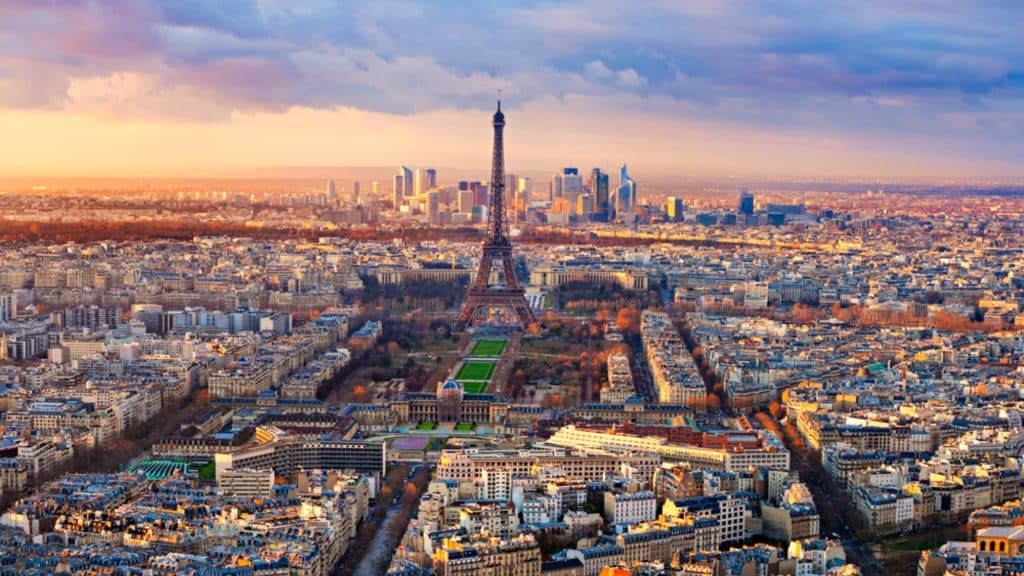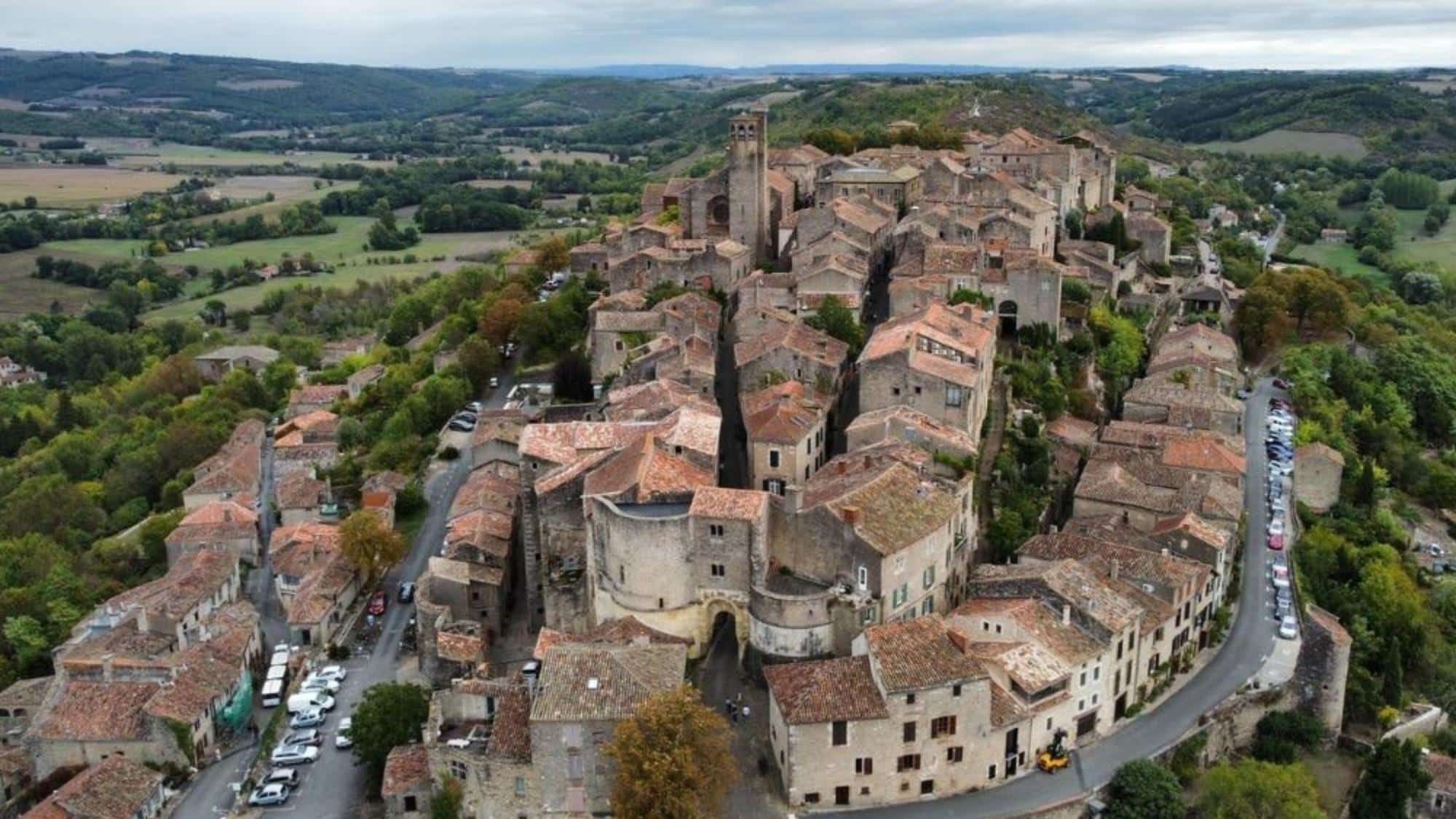France is full of things people remember, from old castles and famous painters to tasty food and stylish cities.
It is one of the most visited countries in the world and has a long history that still shapes life today.
Whether you enjoy learning about landmarks, inventions, or everyday customs, France offers plenty of cool facts worth knowing.
This list will show you fun and surprising details about the people, places, and culture that make France stand out across the globe.
History and Culture
France’s cultural legacy spans from revolutionary ideals that shaped the world to artistic treasures and culinary traditions that continue to define civilization itself.
1. The Louvre Museum Holds Over 380,000 Objects
The Louvre began as a royal castle in the 12th century. It later changed into a museum after the French Revolution in 1793.
Today, it draws millions of visitors each year. The famous glass pyramid entrance was added in 1989 by architect I.M. Pei.
- The Mona Lisa painting is kept behind bulletproof glass
- The museum is so big that seeing every artwork would take months
2. The French Revolution Started in 1789
The French people rose up against the monarchy because of high taxes and food shortages. They attacked the Bastille prison on July 14.
This event completely changed France’s government system. The ideas of liberty, equality, and brotherhood became central to French identity.
- July 14 is now celebrated as France’s national holiday
- The revolution led to the end of the French monarchy
3. French Cuisine is Recognized by UNESCO
French cooking methods and meal traditions were added to UNESCO’s cultural heritage list in 2010. This honors centuries of food culture.
French meals typically include multiple courses served in a specific order. Sharing food with others is seen as essential.
- Wine pairing with food is an important French tradition
- Regional recipes are passed down through generations
4. Mont Saint-Michel Changes with the Tides
This famous rocky island can be completely surrounded by water during high tide. Low tide allows people to walk to it.
The medieval abbey sits at the top of the island. Its unique position has protected it from attacks for centuries.
- The island has fewer than 50 permanent residents
- The tides around the island can move as fast as a running person
5. The French Language has a Protected Status
The French government actively works to protect its language. They have laws about using French words instead of foreign ones.
The Académie Française watches over the language. This group of 40 scholars makes decisions about new words and grammar rules.
- French is an official language in 29 countries
- The Académie Française members wear special green uniforms
Geography And Landmarks
France’s diverse terrain and iconic structures showcase a landscape that ranges from towering sand dunes to medieval islands and engineering marvels.
6. France has Europe’s Tallest Sand Dune
The Dune of Pilat stands at about 110 meters high. It grows taller each year as winds blow more sand onto it.
Visitors climb to the top for amazing views. One side shows blue ocean waters while the other shows green pine forests.
- The dune moves inland about 4-5 meters each year
- It contains enough sand to fill 22 million bathtubs
7. France has Incredibly Varied Landscapes
France features mountains, beaches, forests, and plains. You can ski in the Alps and swim in the Mediterranean on the same day.
The country borders both the Atlantic Ocean and the Mediterranean Sea. This gives France two completely different coastal experiences.
- France shares borders with eight different countries
- The country has four main mountain ranges
8. Paris has a Smaller Copy of The Statue of Liberty
A bronze Statue of Liberty stands on an island in the Seine River. It faces west toward its bigger sister in New York.
France gave the original Statue of Liberty to America. The Paris version was a gift from Americans living in Paris.
- The Paris statue is about 11.5 meters tall (the New York one is 93 meters)
- There are actually several smaller copies throughout France
9. The French Flag has a Specific Meaning
The blue, white, and red French flag comes from the French Revolution. Each color stands for something important.
Blue represents liberty, white represents equality, and red represents brotherhood. These three values form France’s national motto.
- The current design was officially adopted in 1794
- The colors might have been inspired by Paris’s city colors
10. Chamonix Held the First Winter Olympics
This small town near Mont Blanc hosted the first Winter Olympic Games in 1924. Athletes from 16 countries joined.
The event included only 16 competitions across 9 sports. Today’s Winter Olympics feature over 100 events and many more nations.
- Only 258 athletes participated (compared to thousands today)
- Speed skating, figure skating, and ice hockey were among the first events
Science and Invention
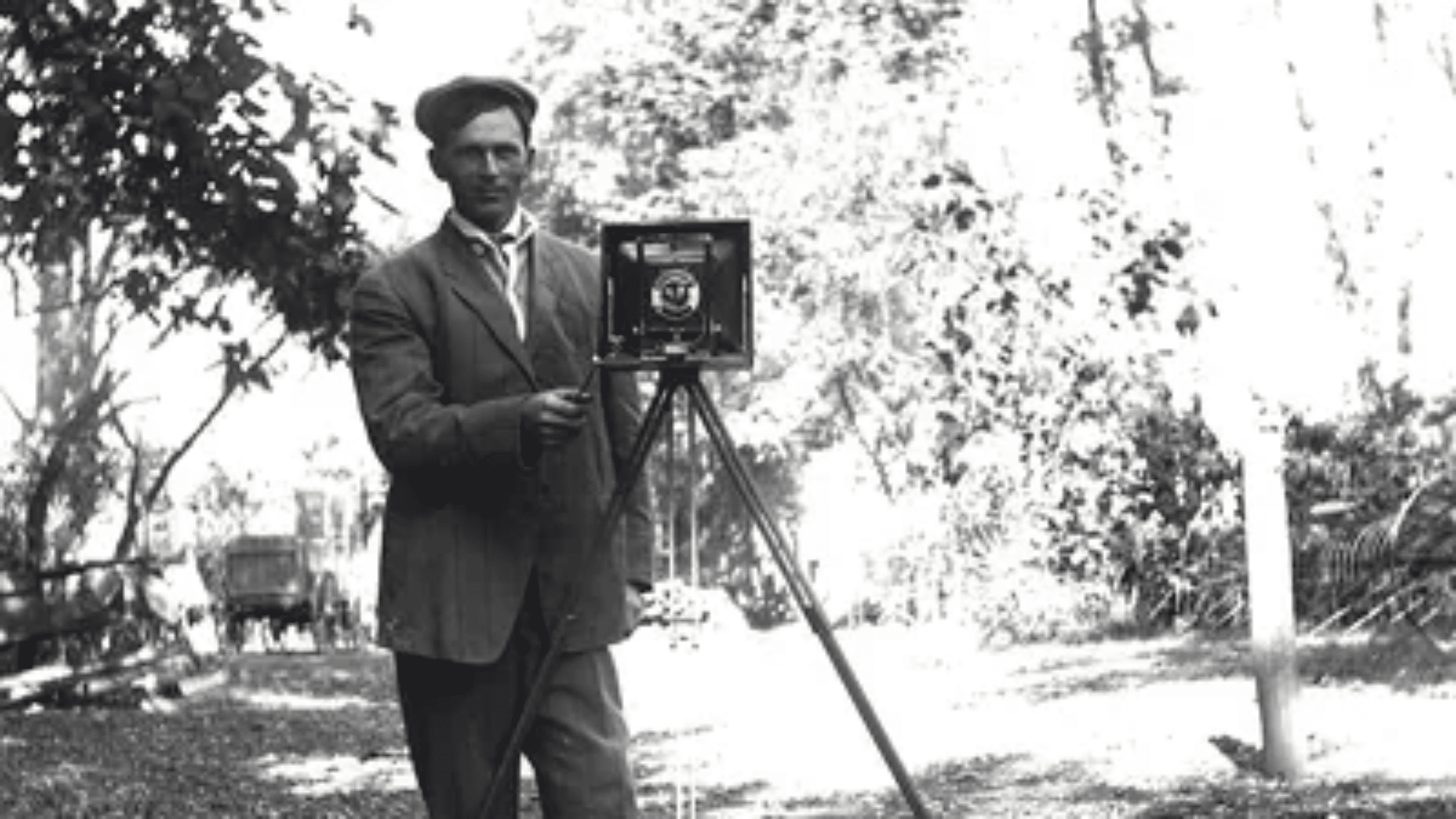
From the first pedal bicycle to groundbreaking photography and high-speed rail, France has consistently pushed the boundaries of human knowledge and technological advancement.
11. France Built the First Pedal Bicycle
The first two-wheeled riding machine was invented in Germany in 1817. It had no pedals; riders pushed with their feet.
Later, French inventors added pedals and chains. These changes made bicycles much more useful for transportation.
- Early bicycles were nicknamed “bone-shakers” because of the rough rides
- The word “bicycle” comes from the French words meaning “two wheels”
12. France Pioneered Photography
The first permanent photograph was created by Joseph Nicéphore Niépce in France in 1826. It showed a view from his window.
Louis Daguerre later made the process much faster. His “daguerreotype” method made photography practical for everyday use.
- The first photo required eight hours of exposure time
- Early cameras used silver-coated copper plates to capture images
13. Marie Curie Made Groundbreaking Findings in Paris
Marie Curie conducted her research on radioactivity in Paris. She was the first woman to win a Nobel Prize.
She found two new elements: polonium and radium. Her work changed our understanding of atoms and energy.
- Curie won Nobel Prizes in both Physics and Chemistry
- Her lab notebooks are still radioactive today
14. The TGV Train System Revolutionized Travel
France’s high-speed train network began service in 1981. These trains can reach speeds over 300 kilometers per hour.
The TGV connected distant French cities in new ways. A trip that once took many hours could be completed in just one or two.
- The TGV broke the world rail speed record at 574.8 km/h in 2007
- The network now connects France to neighboring countries
15. The Millau Viaduct is an Engineering Marvel
This giant bridge in southern France stands taller than the Eiffel Tower. It spans an entire valley above the clouds.
The bridge solved a major traffic problem on the route. Cars can now cross the valley in just a few minutes.
- The bridge’s highest point is 343 meters above the ground
- Construction used 36,000 tons of steel and 206,000 tons of concrete
Food And Drink
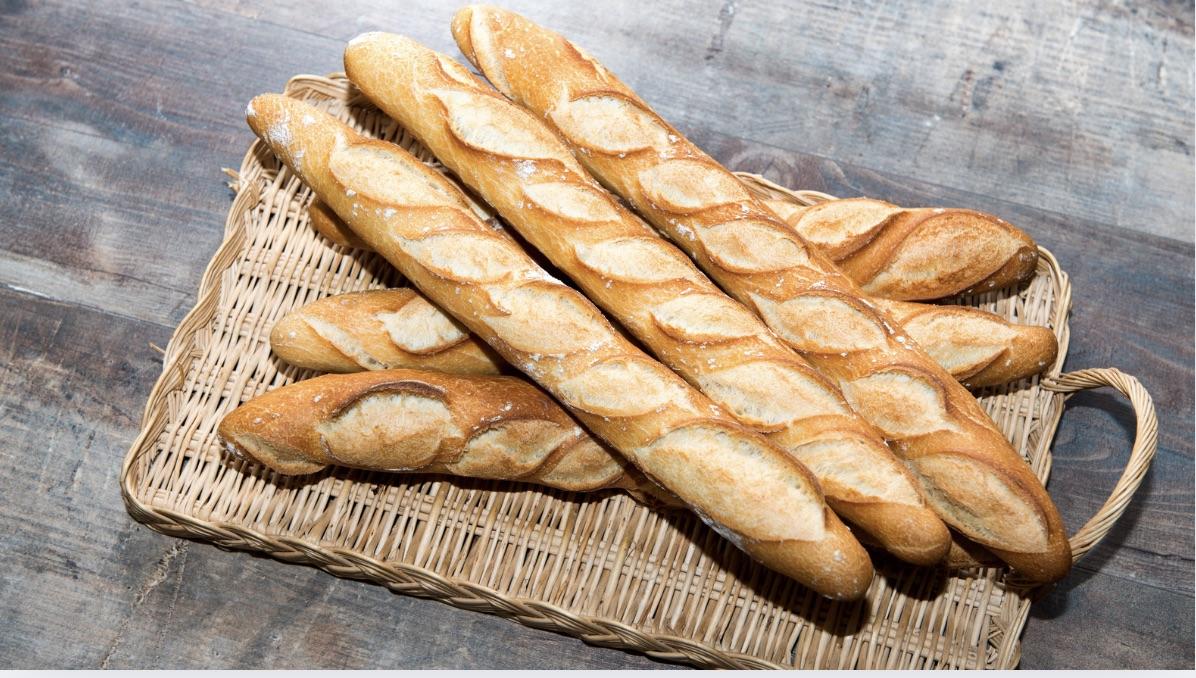
France isn’t just about sights and style, it’s also a feast for the senses, especially when it comes to what’s on your plate and in your glass.
16. France Makes A Lot of Cheese
French cheese comes in countless varieties, varying from 400 to 1600. They differ in milk type, aging process, and regional traditions.
Former French president Charles de Gaulle once asked: “How can you govern a country with 246 kinds of cheese?” The number has grown since.
- Some French cheeses are protected by law to maintain quality
- A proper French meal often includes a cheese course before dessert
17. Champagne can only come from The Champagne Region
True Champagne must be made in a specific area of France. Similar sparkling wines from elsewhere must use different names.
The Champagne region has special soil and climate conditions. These factors give the grapes unique qualities for making the famous drink.
- The process of creating bubbles was accidentally discovered by monks
- Bottles can explode during fermentation, so cellars have thick walls
18. The Baguette Has Strict Rules
A true French baguette must follow specific guidelines. The recipe allows only flour, water, salt, and yeast.
French bakers take great pride in their bread. Many people buy fresh baguettes twice daily for maximum freshness.
- Traditional baguettes should measure about 65-70 cm long
- The word “baguette” means “little stick” or “wand.”
19. The Croissant Wasn’t Invented in France
This famous pastry actually came from Austria. It arrived in France in the 19th century and was adapted by French bakers.
The French version uses more butter and has a different folding technique. This creates the light, flaky texture people love today.
- Traditional croissants take three days to make properly
- A true butter croissant should have 55-85 layers of dough
20. French Wine Culture Dates Back to the Ancient Romans
Romans planted the first vineyards in France around 600 BCE. They noticed the perfect growing conditions in many French regions.
Wine became deeply connected to French identity over the centuries. Different regions developed their own special wine styles.
- France has strict laws controlling how wines are made and labeled
- There are over 200 indigenous grape varieties grown in France
Modern France
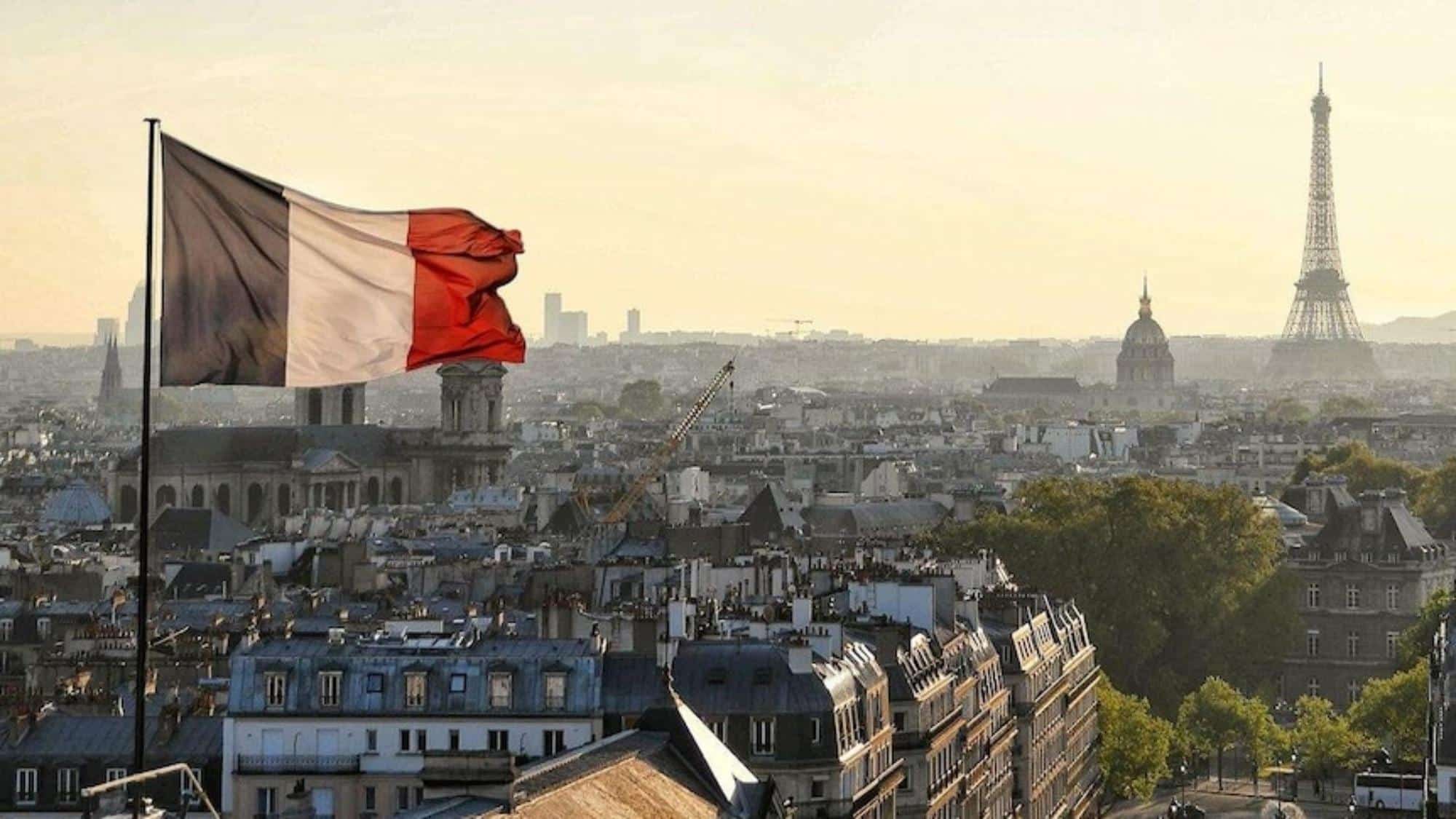
From time zones to tourism, healthcare to hidden tunnels, modern France blends global reach with unique national quirks.
21. France has the Most Time Zones of Any Country
Due to its overseas territories around the world, France spans 12 different time zones. This is more than any other nation.
When it’s morning in Paris, it might be evening in French Polynesia. This global presence comes from France’s colonial history.
- France has territories in North America, South America, and Oceania
- The sun never sets on all French territories at once
22. France is the World’s Most Visited Country
About 90 million international tourists visit France each year. People come to see famous sites and enjoy French culture.
Tourism makes up a large part of the French economy. The country works hard to protect its reputation as a top destination.
- Paris alone receives about 30 million visitors annually
- The south of France is especially popular in the summer months
23. France has Free Healthcare for All Residents
The French healthcare system provides coverage for everyone living in France. It’s funded through taxes and worker contributions.
France regularly ranks among the best healthcare systems worldwide. Both French citizens and legal residents receive benefits.
- Patients can choose their own doctors
- Prescription medications are heavily subsidized
24. French Schools have Different Lunch Periods
School lunches in France typically last 30 to 40 minutes, with a full mid-day break, including recess and social time, extending up to 90 minutes.. This gives children time to learn proper eating habits and social skills.
French school meals often include several courses. Fast food and vending machines are rare in French schools.
- Many schools serve meals on real plates, not disposable trays
- Lunch menus are often created by nutrition experts
25. The Paris Catacombs Hold Six Million Skeletons
Beneath Paris streets lies a network of tunnels filled with human bones. These remains were moved from overflowing cemeteries in the 1700s.
The bones are arranged in patterns along the walls. Today, a small section is open for visitors who want to see this unique site.
- The catacombs contain about 200 miles of tunnels
- Only a small portion (1 mile) is open to the public
The Bottom Line
France is full of facts that show how much history, culture, and everyday life can fit into one country.
From famous places to small surprises, there is always something new to learn about the French people and how they live.
Now that you know more fun and cool facts about France, try sharing one with a friend or saving it to remember later.
Even simple facts can help us see the world in new ways and make faraway places feel a little closer.

